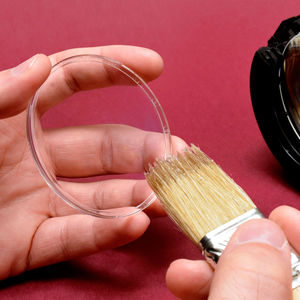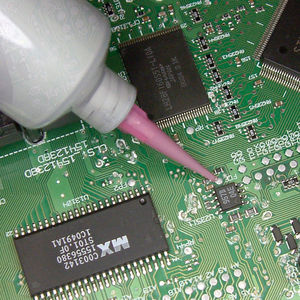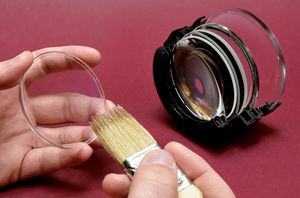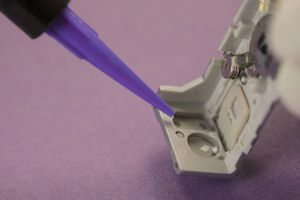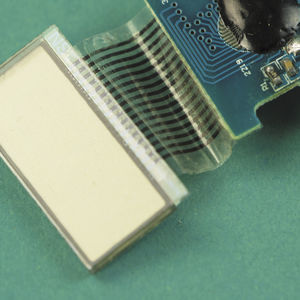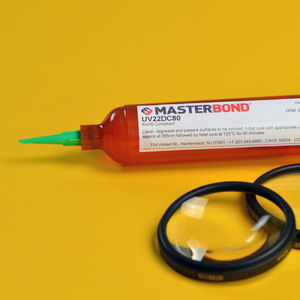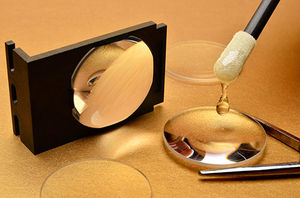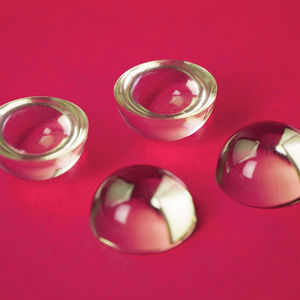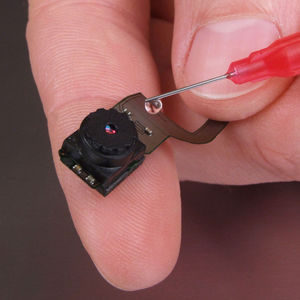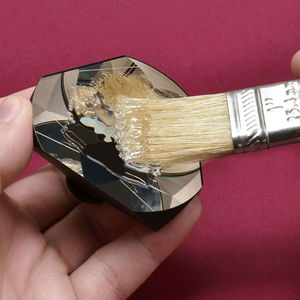
- Company
- Products
- Catalogs
- News & Trends
- Exhibitions
Epoxy adhesive UV15DC80Medfor metalsingle-componentviscosity
Add to favorites
Compare this product
Characteristics
- Chemical composition
- epoxy
- Type of substrate
- for metal
- Number of components
- single-component
- Technical characteristics
- viscosity, heat-cured
Description
UV15DC80Med Product Information
One component, UV and heat curable epoxy compound
Key Features
- Allows for Curing in “Shadowed Out” Areas
- Cures at Temperatures as Low as 80°C
- Meets USP Class VI requirements
- Convenient no mix system
- Excellent physical strength properties
- Passes ISO 10993-5 cytotoxicity testing
PRODUCT DESCRIPTION
Master Bond UV15DC80Med is a special dual cure epoxy based system that offers a primary cure using UV light along with a secondary heat curing mechanism. This extraordinary compound also meets USP Class VI specifications and passes ISO 10993-5 testing. UV15DC80Med allows for curing areas on parts that do not allow UV light curing because of “shadowing” issues. It is important to note that the heat curing portion of this system can be initiated at the relatively lower temperature of 80°C. This kind of UV system is highly desirable because it allows for rapid fixturing with completion of the cure accomplished by adding heat. As alluded to above, a secondary cure at 80°C is not very common. This curing temperature is desirable because many plastics are sensitive to elevated temperatures above that point. One innovative use of a dual cure UV is to fixture two optically opaque substrates, such as metals, using UV light exposure from a side angle and then completing the cure with heat.
UV15DC80Med is a moderate viscosity system. The UV portion of the curing mechanism is cationic in nature. This type of curing system generally imparts lower shrinkage upon curing and is not susceptible to oxygen inhibition.
Catalogs
Related Searches
- Master Bond single-component adhesive
- Master Bond metal adhesive
- Master Bond industrial adhesive
- Master Bond plastic adhesive
- Master Bond glass adhesive
- Master Bond epoxy adhesive
- Master Bond dispersion adhesive
- Master Bond bonding adhesive
- Master Bond two-component adhesive
- Master Bond electronic adhesive
- Master Bond ceramic adhesive
- Master Bond sealing adhesive
- Master Bond fast curing adhesive
- Master Bond viscosity adhesive
- Master Bond conductivity adhesive
- Curing unit
- Master Bond rubber adhesive
- UV curing unit
- Transparent glue
- Cyanoacrylate glue
*Prices are pre-tax. They exclude delivery charges and customs duties and do not include additional charges for installation or activation options. Prices are indicative only and may vary by country, with changes to the cost of raw materials and exchange rates.



